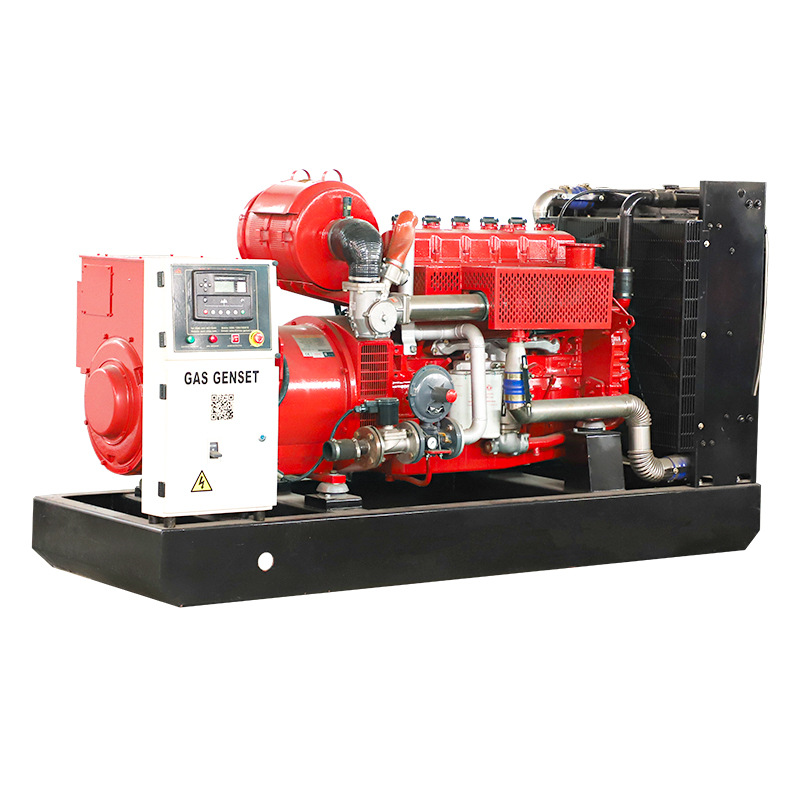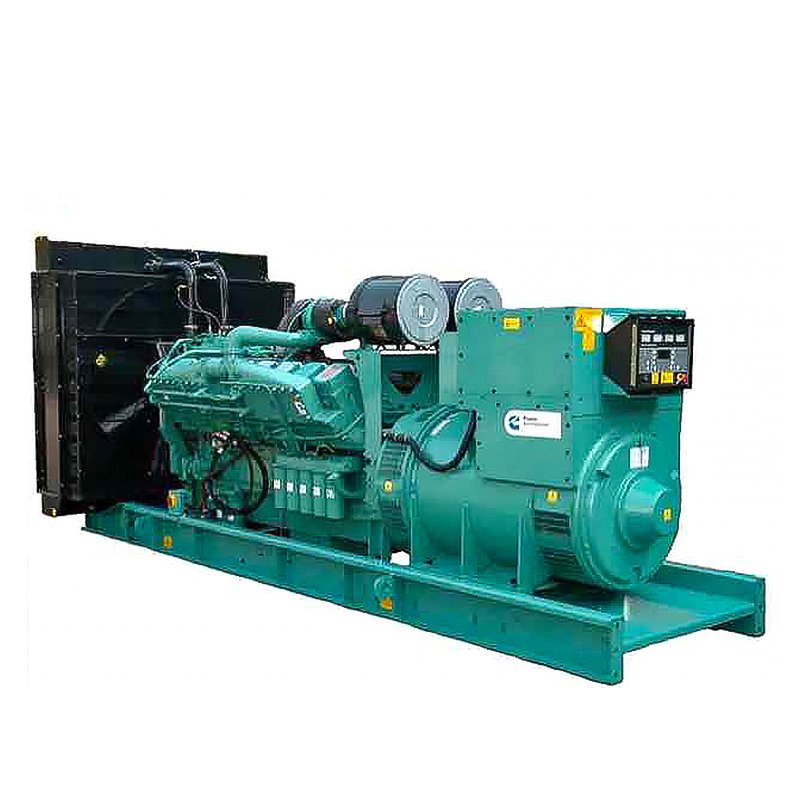
Ensuring safe diesel storage and handling is not simply a logistical consideration; it is essential for hazardous area safety by managing the risks of diesel fuel ignition. Using certified diesel storage containers provides safe storage and reduces the chances of fire from potential flash-ignition of a spill. This is also very important in meeting fuel storage safety standards with all the emphasis on reducing risks. Second, appropriate marking of fuel storage areas is important to prevent mishandling, as well as to identify fuel storage to employees and emergency responders in the event of an incident.
The issue of fuel storage may not be a small one — data from multiple safety organizations shows just how detrimental it can be. For example, the National Fire Protection Association (NFPA) has indicated that there is a high percentage of fuel fires in industry every year resulting from improper handling and storage, i.e., negligence. Such occurrences can be dangerous and cause serious injuries and significant damage to property, and thus there is a need for rigorous fuel handling procedures. Therefore, proper storage and handling of diesel fuel in these facilities will help mitigate the risk of a catastrophic fire.ReferencesqueueReusableCellRectTransform.OrdinalIgnoreCase,.filteredThe positive outcome of this case was that Driver #1 was able to realize the contents of the container combusted, transfer the tank contents and halt the flow of fuel to empty the truck, thus preventing the diesel-related fire from becoming even larger, potentially deadly.
Pacing of Fire Extinguishers in any diesel fuel facility is an essential part of the fire hazard prevention system. Suggested areas for such off-road extinguishers' placement are beside tank storage or fuels transfer points, where fire likelihood is increased by that closer-than-desired proximity of flammables. Such placement allows the extinguishing tools to be removed quickly and easily when an emergency occurs.
Guidelines on what type of extinguisher to use and where to place them for maximum effectiveness in the event of a fire are also provided by safety standards such as those published by the NFPA. In addition, firewood should be handled carefully and stored away from sources of heat and ignition. So doing makes accidents impossible because it is able to effectively nullify any potential harmful threat. National fire prevention standards support well-defined methods of preventing fires (both preparation and suppression) in facilities. By enacting such standards, the environment can be kept safe.
Routine checks for fuel leaks and line integrity are essential safety measures that could prevent avoidable accidents while working with diesel fuel. Regularly scheduled inspections can prevent the major leaks that can lead to bigger problems if there’s no attempt to prevent the ongoing leaks. These checks should be part of routine maintenance program so that maintenance can be weekly or monthly depending on use and a particular facility needs.
Utilizing fuel detection technology and advanced detection equipment can significantly improve the accuracy of detecting leaks. Sensors and focused kits are capable of detecting problems precisely and can be quickly addressed. An illustrative case from the Journal of Safety Science describes how an oversight on checking for fuel leaks led to huge monetary losses and operational downtime for a manufacturing facility, demonstrating the repercussions of unsafe operations. By implementing rigorous inspection programs, facilities can protect themselves from expensive and hazardous fuel-related accidents, and protect their operating integrity and safety.
Good grounding is essential to prevent electrical hazards in association with generators. Guaranteeing the generator is properly grounded minimizes the likelihood of electric shocks by providing a path for fault current to flow into the ground, rather than posing a safety risk for personnel. Generators may be grounded via a number of methods, such as solid grounding, in which the generator is connected directly to ground, or resistance grounding, in which a resistor provides a controlled path to ground. Information from electrical safety publications show that poor grounding is one of the leading causes of all electrical accidents, with approximately 30% of them being attributed to poor or missing grounding. It is very important that the generator must be grounded properly and also not just an compliance but a critical safety step.
Lockout/tagout (LOTO) mechanisms are important safety features that prevent inadvertent energizing of equipment under maintenance. These are procedures that lock and tag energy isolation devices, to occur while maintenance work is conducted. Key elements of LOTO include de-energizing and separating the energy source, locking isolated controls and tagging them out, and verifying the effectiveness of the isolation. Following OSHA’s requirements for LOTO is also important, as they detail what you need to do to protect employees from hazards that may result from unexpected start-up of machines and equipment. If LOTO procedures are complied with, we will be able to improve safety in maintenance work, so that accidents are avoided.”
Management of load must be done properly otherwise circuit overloads will occur in diesel generator operation. Load Calculation Like all electrical devices, we can compare a generator’s capacity to the load it is expected to power. The recommended electric load sharing practices include load balancing among phases and not connecting devices that require more power that the generator is capable of supplying. Statistical research shows an increasing trend in electric shock accidents caused by overload, so it is necessary to implement a safe load distribution. Generator Set Operation We communicate the load capacity (installed the CW agent with an average and the other with a short).
Scheduled maintenance, which includes oil changes, and replacing filters, is essential for the maintenance of diesel generators. In particular, oil services can be recommended at an engine manufacturer's prescribed interval, e.g. every 100 to 250 hours of engine operation. This will keep the engine lubricated and minimize wear. Correct filter replacement is another fundamental step and includes taking out the old filter; cleaning out the filter area; and putting in a new one. This is an easy procedure that can typically be done in conjunction with an oil change. Regular maintenance can improve performance and reduce breakdowns. Maintenance is important in preventing downtime, improving efficiency, and reducing wear during industrial equipment operation: a case study Journal of Mechanical Science and Engineering A.
Properly cooling a diesel generator is critical to avoiding overheating that can lead to the weakening of the generator's power output. Routine checks should be made to check coolant levels as well as inspect hoses for leaks, make sure the radiator isn't clogged with debris. hkelen VIEW Smartphone CPU can decrease in power efficiency, and impair the motor (engine) parts through an overheating. As per industry news, a properly functioning cooling system is able to reduce temperature related stress on the generator parts, which can cut down on operational wear and tear and therefore extend the life of the genset. In a post for the International Journal of Energy Research, Tom Frost explains the significance of such maintenance processes in mitigating inefficiencies due to heat.
Keep your battery terminals clean and check charge levels to get the most efficient generator performance. Regular cleaning will prevent corrosive buildup on the battery terminals that can affect the electrical connection. Precaution steps would be similar to disconnecting the battery, a paste of baking soda and water on the terminals, some protective grease on the terminals. In addition, constant monitoring of the charge level ensures that the operational reliability is retained. It is very important to keep the batteries charged well, somewhere between 75-100% so that no sudden outages occur. It improves the efficiency and the life of the battery as it has been found in researches in the maintenance of electrical equipments.
Clearly defined emergency shutdown procedures are also necessary to protect equipment and personnel. Clearly defined processes also help to avoid operational risks and put you on track to respond in critical moments. Items that should be included in a shutdown process would be detailed guidance on power down sequences, knowledge of the emergency personnel, and well-defined communication plans. These processes should be based on ISO standards where poetic freedom is not so essential and where the procedures are clear and transparent, so they can be understood by everyone in the company and applied in the same way by everyone.

Regular fire drill are necessary in the training of all members of the staff in times of emergency to increase their preparedness and response needs. And, by frequently practicing, staff can move through the various types of situations – routine and rare emergencies. Things to practice can include everything from how to leave a location to passing out inoperable equipment or pretending to lose power. Studies have indicated that our clinics which run regular drills have vastly improved the timing of these responses so regular practice seems important.
Mitigation of noise from diesel generators is an important aspect of environmental compliance. Some of the best ways to do this is with soundproof enclosures. These cabinets feature different design elements like high-density acoustic lining and suspension mounting that help minimize the amount of noise the cabinets will produce. Maximum permissible sound levels of about 55-60 dB(A) are set in some countries as limits for noise in residential areas during the day. Sound Proof canopies *noise limits example only, refer to your local regulations* Installing sound proof enclosures can help to keep you within these regulations (Sample limit, local standards apply) and would be necessary for anyone using diesel generator sets near residential or noise sensitive areas.
Diesel generator compliance Consideration for diesel generator and its compliance to pollution is must for its installation. The former are in many cases subject to stringent particulate matter (PM) and nitrogen oxides (NOx) emission standards. To build the desired environment-friendly systems, cutting-edge technologies like catalytic converters and diesel particulate filters play a vital role. EPA reports show that applications of these technologies can reduce NOx and PM by up to 90.0%. Fulfilling these standards is not only a question of compliance with the law, but also a question of sustainability and responsibility on the part of the energy companies.
Appropriate treatment of salvaged fuels and appropriate local spill responses are essential in reducing environmental impacts. Safe disposal methods will often require coordination with certified waste disposal companies for environmentally safe disposal. It is also important to have a well-developed spill plan. Such plans should include how to contain, respond to and decontaminate a spill. The Environmental Protection Agency has found that having effective spill-control plans will help mitigate remediation costs and environmental destruction, and as a result has stressed the importance in safety and environmental protection.
Proper fuel storage involves using approved containers and labeling storage areas to minimize risks and avoid mishandling.
Fire extinguishers should be located near storage tanks and fuel transfer points for quick access during emergencies.
Regular inspections help detect leaks early and maintain line integrity, preventing potential operational disasters.
Proper grounding minimizes electrical shock hazards by directing fault current safely to the ground.
Compliance is achieved by reducing noise with soundproof enclosures, meeting emission standards, and managing spills effectively.